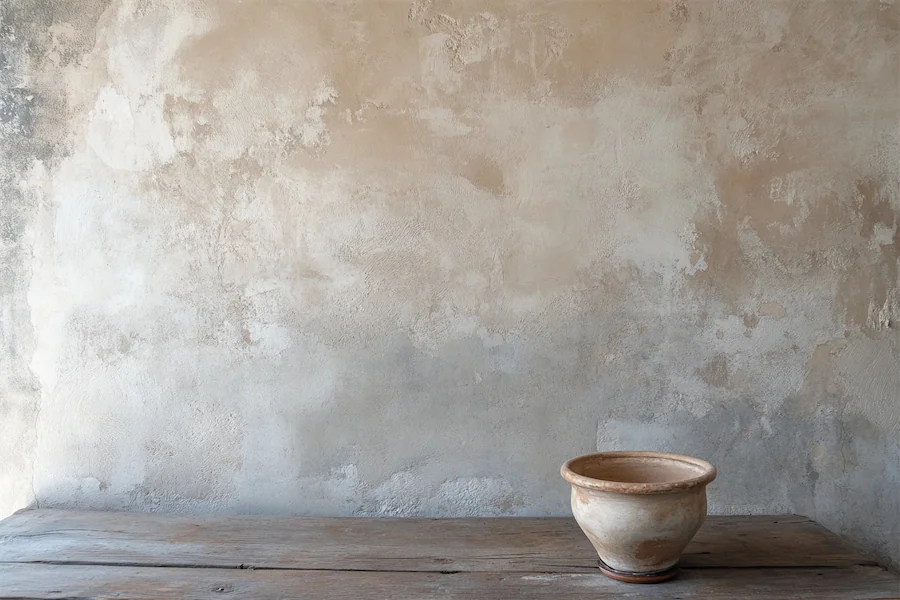Plaster walls have been a fundamental component of building interiors for centuries, offering a durable and aesthetically pleasing finish. Composed of materials like lime, gypsum, or cement, plaster is applied over surfaces to create smooth or textured walls and ceilings.
Introduction to Plaster Walls
Plastering involves applying a mixture to surfaces such as brick, stone, or lath frameworks, resulting in a hard, cohesive finish. This technique not only enhances the visual appeal of interiors but also contributes to the structural integrity and longevity of buildings.
History and Origins of Plaster Walls
The use of plaster dates back to ancient civilizations, where it was employed for both functional and decorative purposes. Over time, various methods and materials have been developed, including the traditional lath and plaster technique prevalent from the 1700s through the 1940s. In this method, thin wooden laths were nailed to wall studs, and multiple layers of wet plaster were applied to create a smooth surface.
Key Features of Plaster Walls
- Durability: Plaster forms a hard, dense surface that is more resistant to knocks and dents compared to modern drywall.
- Fire Resistance: The non-combustible nature of plaster provides an added layer of fire protection to buildings.
- Sound Insulation: The thickness and density of plaster walls contribute to superior soundproofing capabilities, reducing noise transmission between rooms.
- Aesthetic Versatility: Plaster can be molded into various shapes and textures, allowing for intricate designs and finishes that add character to interiors.
Applications of Plaster Walls
- Interior Finishing: Plaster is commonly used to finish interior walls and ceilings, providing a smooth or textured surface ready for painting or decoration.
- Restoration Projects: In historical restorations, maintaining original plasterwork is crucial for preserving the architectural integrity and authenticity of heritage buildings.
- Decorative Elements: Ornamental plastering, such as cornices, moldings, and ceiling roses, adds decorative flair to interiors, showcasing craftsmanship and attention to detail.
Considerations When Choosing Plaster Walls
- Installation Complexity: Applying plaster requires skill and experience to achieve a high-quality finish, often necessitating professional plasterers.
- Cost Implications: While materials for plastering can be cost-effective, the labor-intensive process may result in higher overall expenses compared to alternatives like drywall.
- Maintenance and Repair: Over time, plaster can develop cracks or damage due to building settlement or moisture. Repairing plaster walls can be more challenging than patching drywall, often requiring specialized techniques to restore the original finish.
Conclusion
Plaster walls offer a timeless and durable solution for interior finishes, combining functionality with aesthetic appeal. Despite the rise of modern materials like drywall, plaster remains a preferred choice in various applications, particularly where durability, fire resistance, and sound insulation are paramount. Understanding the benefits and considerations associated with plaster walls enables informed decisions in both new constructions and renovation projects.
